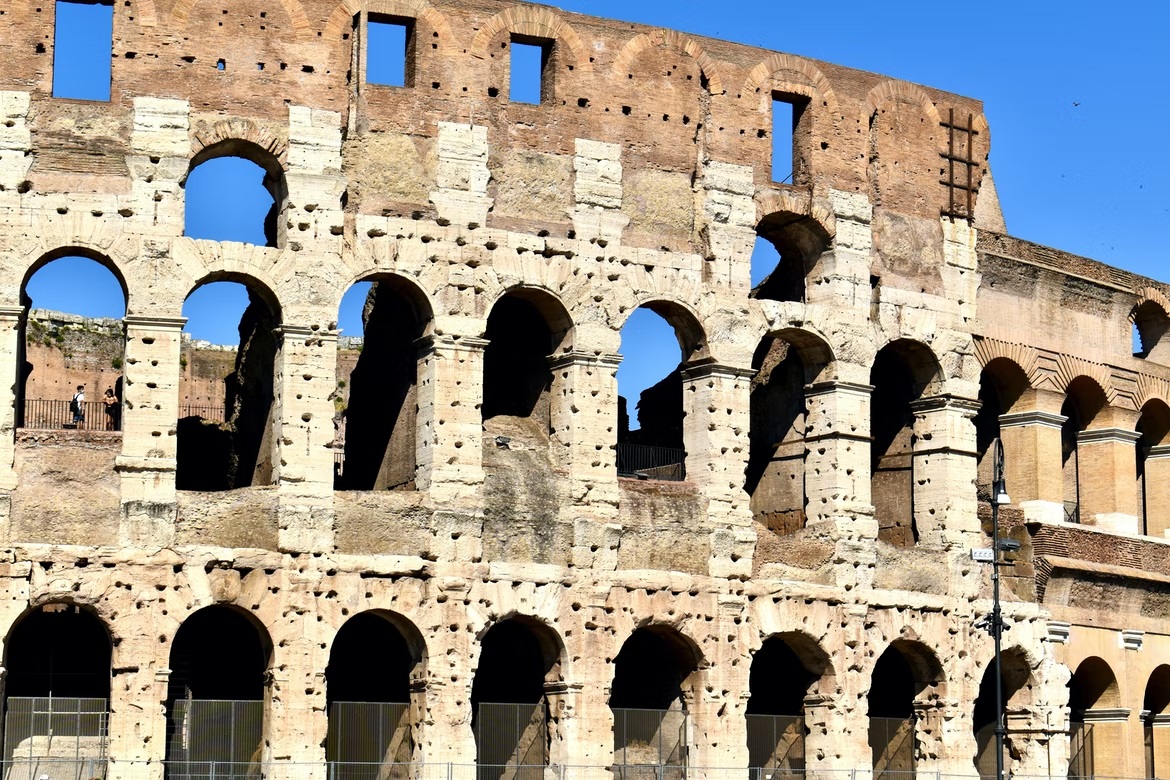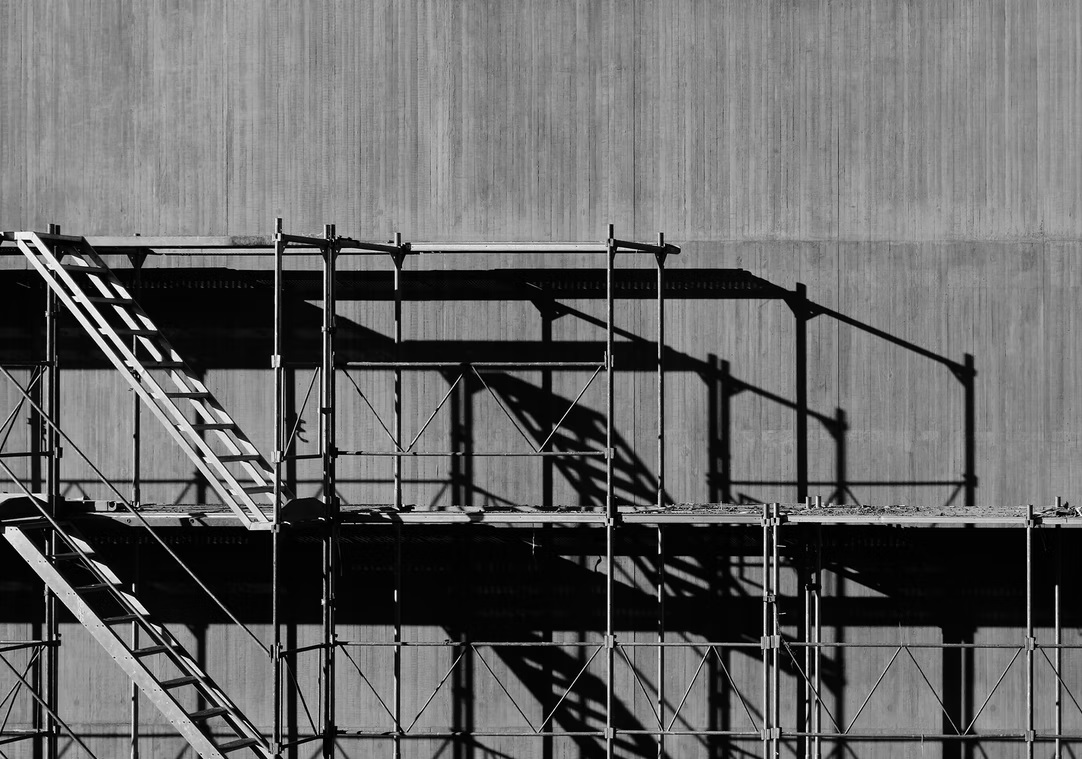Scaffolding is used extensively for many modern construction, renovation and restorative projects. In the simplest terms, scaffolding provides a safe and secure structure for workers to stand on while they work on high buildings. It is also used to provide access to hard-to-reach areas or to create a working platform for machinery. Although scaffolding can be made from many different materials, steel is the most common type used in construction today.
But, have you ever wondered about the origins of this indispensable construction technique? You could be forgiven for thinking that scaffolding is a relatively modern innovation …
Lascaux and The Origin of Scaffolding
However, in fact, the earliest recorded use of scaffolding dates back to the time of the cave paintings at Lascaux, (in Dordogne, France) almost 17,000 years ago. Sockets were found in the walls around the paintings, suggesting that a rudimentary scaffolding-like system was used to access difficult-to-reach areas whilst the ceilings were painted.
We think you will agree, the fact that a Palaeolithic civilisation devised and implemented scaffolding principles is truly remarkable. At such an early point in history, the groundwork had already been laid for one of the most important construction techniques of all time. However, scaffolding went through many further iterations before reaching its current form. Let us take a look at some of the most notable throughout history …

Ancient Egypt
It is also believed that the Ancient Egyptians used a form of wooden scaffolding and ramps to construct pyramids more than 4,500 years ago. Although this cannot be classed as scaffolding in the contemporary sense, it is notable due to the fact that it was a temporary structure that supported construction materials (and possibly those working on the projects).
According to the Greek historian, Herodotus, pyramids were built with steps, like staircases. The stones used in the construction of pyramids were lifted using a short wooden scaffold-like device. They were initially raised from ground level to the first step on the staircase, then laid onto another scaffold-like device to raise them to the second step and so on. These devices were present on each step, in case they were too heavy to be moved upward from step to step following the removal of stone pieces.

Ancient China
The first recognisably modern scaffolding can be traced back to ancient China. There, bamboo was tied together with rope to create something approximating the structures we still see today.
Early parts of the Great Wall of China were reputed to have been built in the 7th century BC. Numerous Dynasties contributed various sections of the Wall which runs for thousands of kilometres in total. To build these walls on top of mountain terrain would have necessitated scaffolding. It is widely believed that a form of bamboo scaffolding was used, either from the ground up, or incorporating the aforementioned ‘socket’ techniques.
In fact, numerous South-East Asian countries continue to utilise bamboo scaffolding to this day – albeit with a few more stringent, modern safety precautions.

Ancient Rome
Fast forward to Ancient Rome and yet more sophisticated structures, including monuments, amphitheatres, temples and aqueducts were being built utilising increasingly inventive and resourceful scaffolding techniques.
Around 300 AD, the ‘socket’ technique was sometimes used by omitting a brick from a wall to allow a beam to be anchored. Once the wall had been built sufficiently high above the socket to act as a counterweight, the support could safely be removed, creating a cantilever. As mortar came into use around 150 BC, the Romans began to utilise timber scaffolding to construct the impressive arches seen in Roman architecture from that period.
One of the milestone achievements from the Ancient Roman-era is the three level Pont du Gard, which still stands intact to this day. Built from limestone, this structure stands more than 50 metres high and spans 300 metres in length. It was built as part of an aqueduct supplying water to Nimes, Southern France.

The Birth of Modern Scaffolding
The metal scaffolding tubes seen on many modern construction sites were not introduced until relatively late in scaffolding history. Before the early 1900s, bamboo, tied together with hemp rope was often used to create and build scaffolding frameworks.
However, at the turn of the 20th century, Daniel Palmer-Jones earned the title of the ‘Grandfather of Scaffolding’. He had noticed that the then-new metal poles would frequently slip when tied together with rope. To solve this problem, he devised a set of standardised fixings which could be used to reliably secure wooden and metal poles alike.
After a series of failed experiments, Palmer-Jones, with the help of his brother David, perfected the ‘Rapid Scaffixers’ which were the basis of their Patent Rapid Scaffold Tie Co. venture. This breakthrough invention led to the brothers winning a lucrative contract to renovate Buckingham palace in 1913.
Looking for Modern Scaffolding Experts? We are here for you!
Thank you for reading our latest blog post – and we hope you enjoyed our journey through the history of scaffolding!
If you are planning a construction or renovation project, get in touch with the experts at Check-it Scaffolding. We are highly experienced in all aspects of scaffolding, including design, erection and dismantling – so we can help make your project a success.
Call us today on 01355 266 176 or email us at enquiries@checkitgroup.co.uk for more information.

